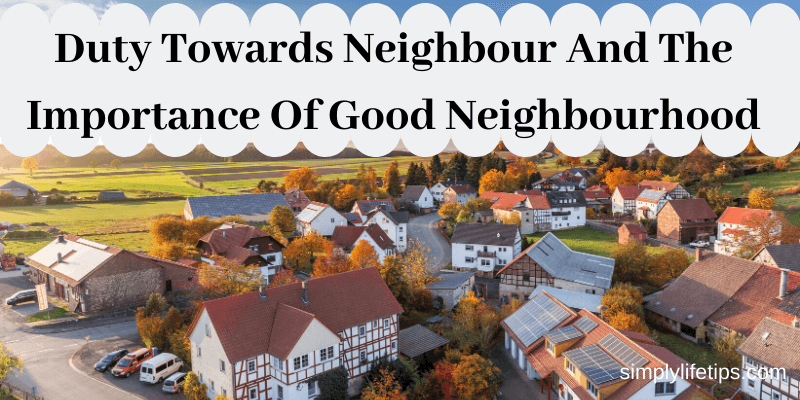There are many ways of speaking. Communication is an indispensable aspect of the human experience, and the various ways we speak play a pivotal role in shaping our interactions and relationships. From the eloquent articulation of spoken words to the subtle cues of nonverbal communication, the art of speaking encompasses a rich tapestry of expressions. In this article, we will delve into the fascinating world of communication, exploring different ways of speaking, including verbal, nonverbal, and alternative methods, and their profound impact on how we connect with others. Join us on this journey of discovery as we unravel the intricacies of language and explore the power of communication in its many forms.
Ways Of Speaking
Talk
Talking is the fundamental way we express ourselves and connect with others. Through language, tone, and pace, we convey thoughts, emotions, and ideas, fostering relationships and understanding. The diversity of languages and the nuances of our communication styles enrich our interactions, making talking an essential art of human connection.
Why Speaking With Candour Is Important For Success
Whisper
Whispering is a soft and hushed form of communication, where we lower our voice to share intimate thoughts, secrets, or to communicate in a quiet setting. It fosters a sense of confidentiality and closeness, creating an atmosphere of trust and connection between individuals. Whispering can be an endearing way to show affection or provide comfort, allowing us to share personal sentiments discreetly and intimately with those we trust.
Whine
Whining is a form of communication characterized by a high-pitched, complaining tone, often expressing dissatisfaction or unhappiness. It is typically used to express frustration, discontent, or to seek attention or sympathy from others. While whining can be a way for individuals, especially children, to communicate their needs, it is generally perceived as negative and can be seen as annoying or manipulative in certain contexts. Encouraging open and constructive communication can help discourage whining and promote healthier ways of expressing emotions and concerns.
Scream
Screaming is a forceful vocal expression used to convey intense emotions, signal danger, or seek immediate attention. Whether expressing fear, anger, excitement, or pain, screaming serves as a powerful way to release emotions and communicate urgency. While useful in emergencies, it’s essential to exercise discretion, as excessive or unwarranted screaming can cause unnecessary distress to others.
Chat
Chatting is a form of communication that allows individuals to engage in real-time conversations over digital platforms. Whether through messaging apps, online forums, or live chat services, chatting has become an integral part of modern communication. It enables people from all corners of the world to connect, share ideas, seek support, and build meaningful relationships. The convenience and speed of chat make it a preferred method of interaction in various aspects of our personal and professional lives, fostering a sense of community and facilitating the exchange of knowledge and experiences.
Shout
Shouting is a loud and forceful way of expressing emotions or conveying a message! it is used to grab attention, express anger, excitement, or urgency! however, it is important to use shouting judiciously, as excessive shouting can be disturbing and off-putting to others! so, let’s try to keep our communication respectful and appropriately modulated!
Never Speak About Things Unclear To You
Speak
Speaking is the primary mode of human communication, allowing us to articulate our thoughts, share ideas, and express emotions using language. Through the power of words and tone, speaking fosters understanding, connection, and the exchange of information, making it an essential aspect of our daily interactions.
The Importance Of Body Language While Public Speaking
Mumble
Mumbling is speaking in a low, unclear, or indistinct manner. It often occurs when someone is nervous, unsure, or trying to speak quietly. Mumbling can be challenging to understand, and it might lead to miscommunication or confusion, so it’s essential to practice clear and confident speech.
Mutter
Similar to mumbling, muttering involves speaking in a low voice, but with more audible and discernible words. It is often used when expressing dissatisfaction, discontent, or frustration, sometimes unintentionally audible to others. People may mutter under their breath to vent emotions or to avoid confrontation.
Hiss
Hissing is a unique form of communication found in certain animals, such as snakes. It is a sibilant sound produced by expelling air through a constricted mouth, and it can serve as a warning signal or a defensive display when the animal feels threatened or agitated.
Yell
Yelling is a forceful and loud way of speaking, characterized by raising one’s voice to an intense volume. It is used to convey strong emotions like anger, fear, or excitement, as well as to get someone’s attention or respond to critical situations. While effective in certain situations, excessive yelling can be overwhelming and counterproductive to effective communication.
Speak Words Carefully Never Hurt The Listener
Final Thoughts
In conclusion, the myriad ways of speaking form the essence of human connection and understanding. Verbal communication allows us to share our thoughts and emotions, while nonverbal cues enrich our conversations with unspoken meaning. Alternative methods of communication bridge gaps and empower those with unique needs. Whether through whispers, shouts, barks, or hisses, each mode of expression adds richness to our interactions, fostering empathy, unity, and a deeper appreciation for the art of communication in all its forms.
What are the ways of speaking you follow in your life?
Thank you for your visit.
Don’t forget to share it.
Leave your comments in the box below
PVM

Mathukutty P. V. is the founder of Simply Life Tips. He is a Blogger, Content Writer, Influencer, and YouTuber. He is passionate about learning new skills. He is the Director of PokketCFO.
He lives with the notion of “SIMPLE LIVING, CREATIVE THINKING”. He Believes – “Sharing is caring.” and “Learning never ends.”



